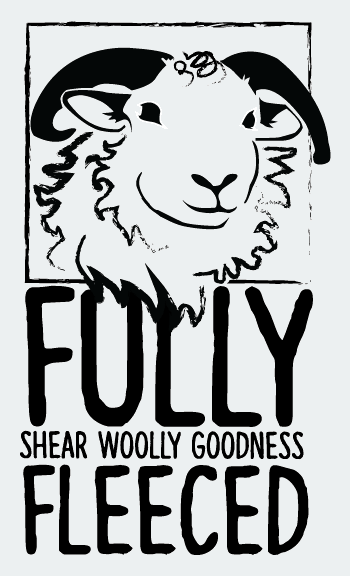Thanks to everyone who came out and made the Holiday Festival a great day-
I wanted to share some patterns that I worked up to distribute at the market
Have a great week 🙂

Thanks to everyone who came out and made the Holiday Festival a great day-
I wanted to share some patterns that I worked up to distribute at the market
Have a great week 🙂
Just a quick post to mention that I’ll be at the Bow Market Holiday Festival this Saturday from 10-4 at Beau Lodge with yarn,
hats
little birdie ornaments
and batts
If you’re in the area, please do stop by and say hi!
I’ve been thinking for a while that I’d like to have a green cabled sweater.
But I had’t had much luck with dyeing greens, so I’d put it on the back burner.
Then I went to the Jonasson Farm fleece sale on Saturday.
Nothing like a fleece sale for inspiration 🙂
I came home with a big bag of dyed Border Leicester, in a fabulous range of greens
Just what I needed to get this project moving!
I was so excited about the acquisition that I dove right in and started sampling.
Here is the electric green blend after a couple of passes through the drum carder.
Fun, eh? But probably a little intense for a whole sweater.
So I started playing around with adding some Chone to create deeper shades.
First I mixed 1:1 (greens:black)
I really liked the result in the batt (on the left). However, when I spun it up and knitted a swatch, it seemed just a tad too dark.
So I went back and tried 3:1.
Clockwise from top that’s all greens, 25% black, and 50% black
Little more spinning and swatching permitted this side by side comparison of the two blends
I really like how the yellow tones still come through but don’t seem so harsh.
I think I might have found my perfect green!
Little mister Gus has been keeping us pretty busy.
Thankfully, the weather has been really nice and we’ve been able to spend quite a bit of time outside, wearing him out 🙂
We’ve finally got all the frost-free spigots replaced, and the area where the big laurel came out cleared out and cleaned up!
Not terribly exciting, I know- but it’s been a long time coming, I’m mighty pleased.
I missed “Hug A Sheep Day” earlier this week, so tried to make it up to the woolly gang today. Got some quality time with the sheepers in the Fall sunshine, which was nice.
I should mention- it seems that the tables have turned out in the pasture. A couple of nights ago Dottie and Esther were tussling when I went out to do sheep and chicken checks. Seems like they got it sorted out without anyone getting injured, and Esther is now calling the shots.
Crazy girls.
And I’ve finally gotten back to working on my tiny birds- giving them eyes, and tassles to fancy them up a bit and make them into ornaments
I think they are pretty cute. Hope to get at least dozen done in time for the Holiday Festival Market at Beau Lodge on Nov 11.